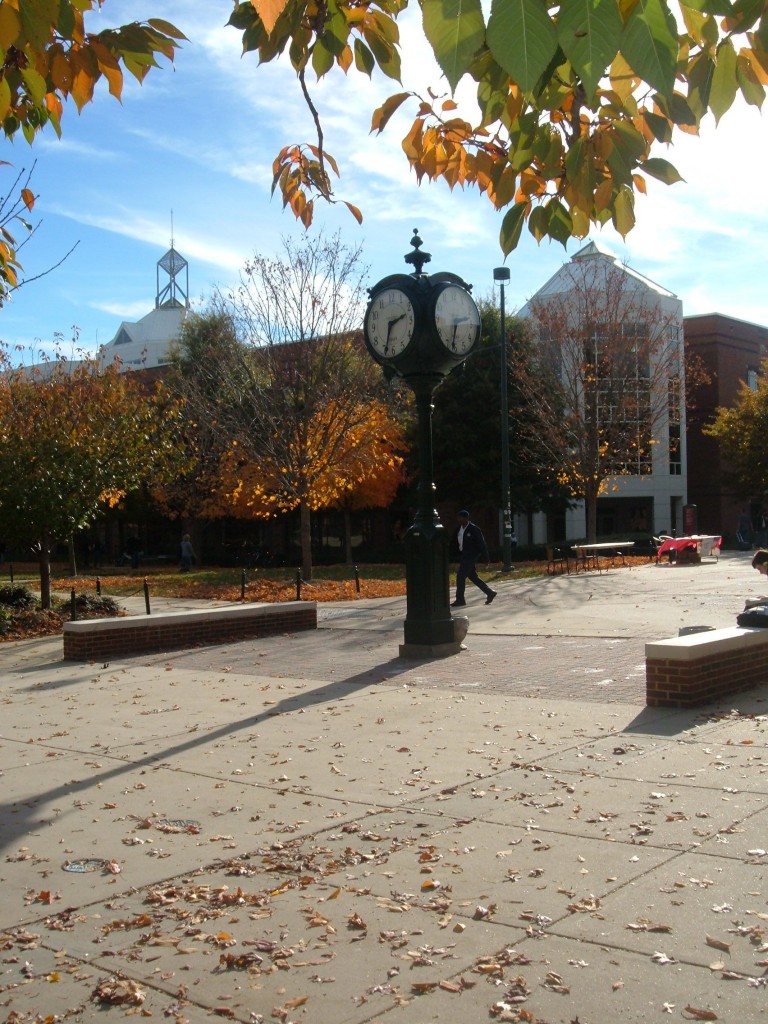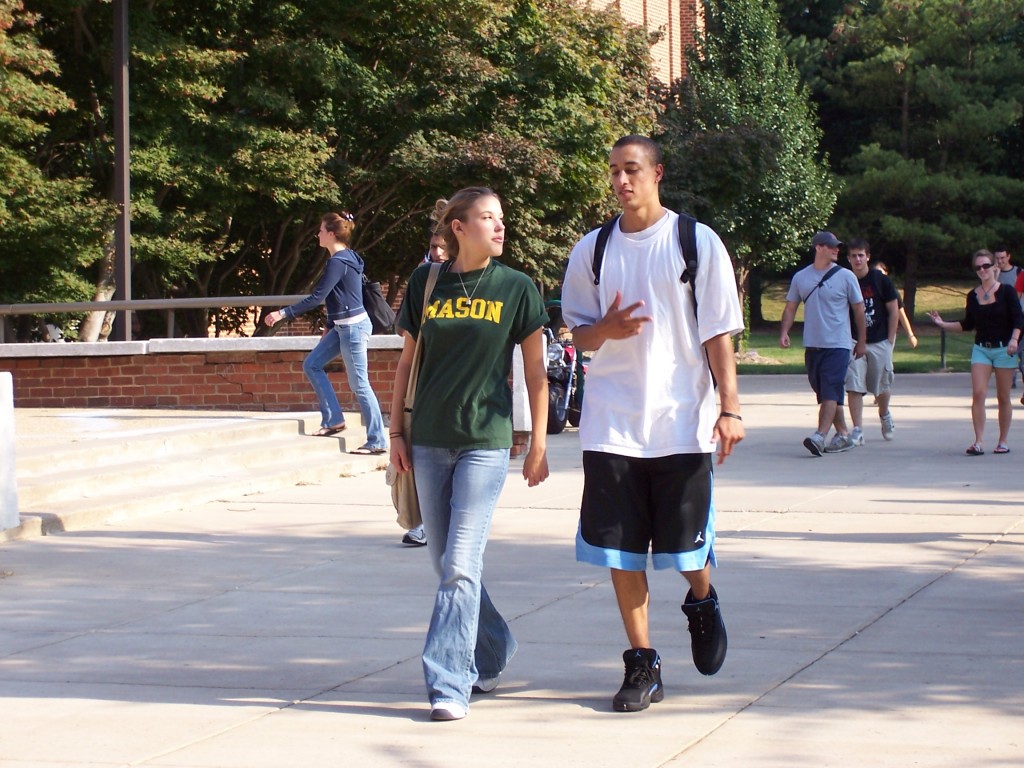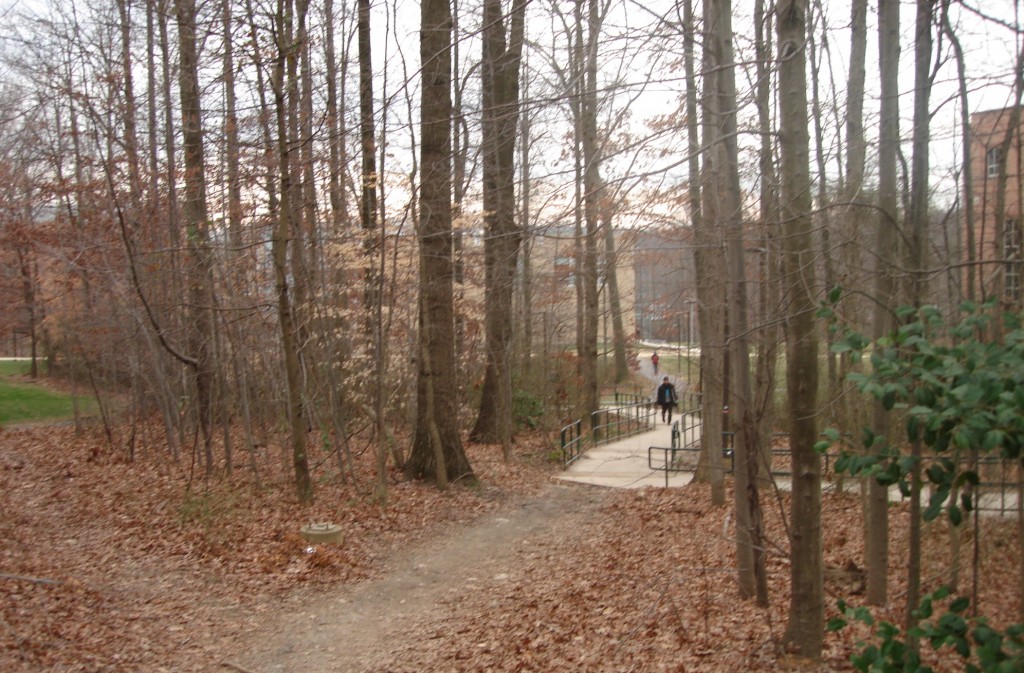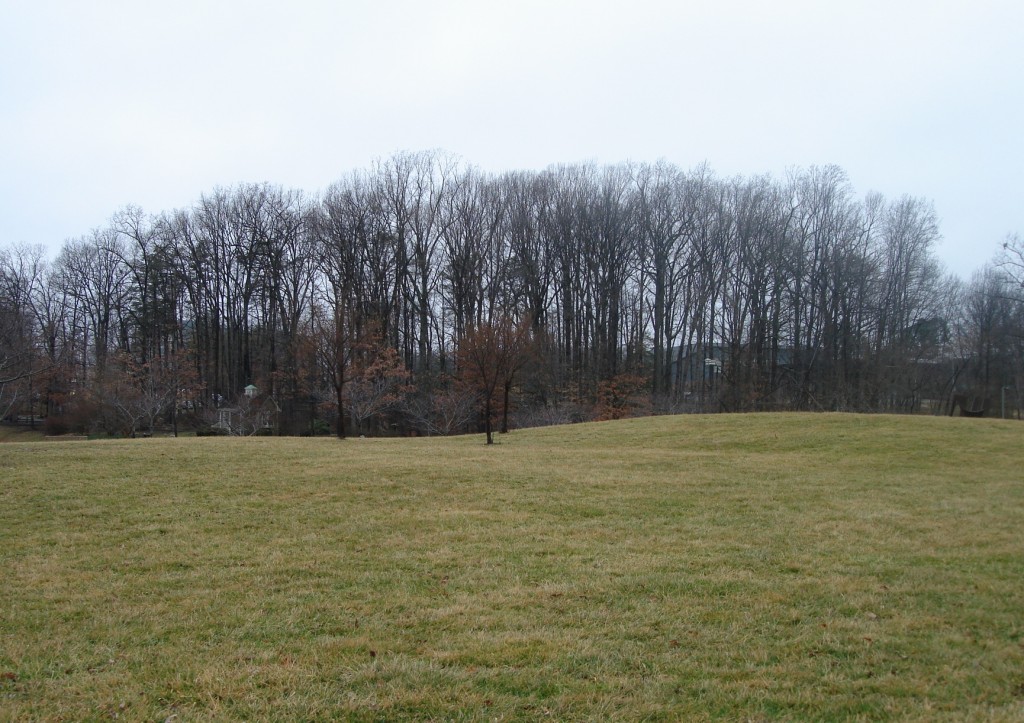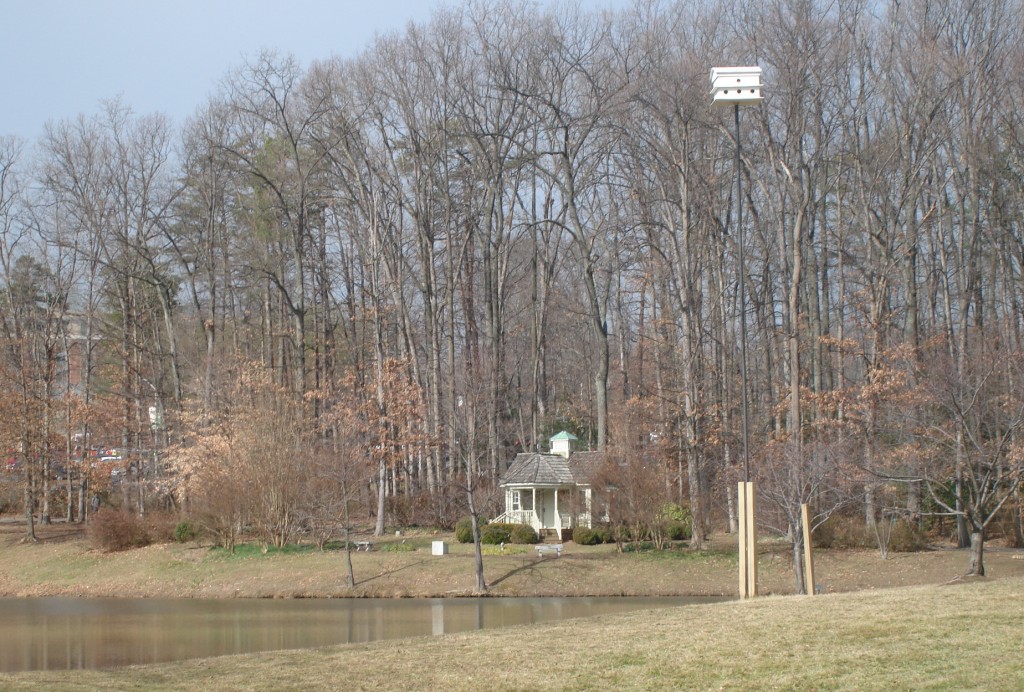America will soon have a regime of austerity.
That was the first comment of a panel discussion Wednesday night in Edwin Meese Conference room in Mason Hall on George Mason University’s Fairfax campus. Bill Schneider, a Mason faculty member and journalist, said these words.
“Whose death is it going to be?” Schneider said.
Schneider then listed various social groups that currently exist in society and the ways that they have largely planted themselves firmly on the side of democrats.
He spoke of women, African-Americans, gays and people without religious ties.
“20 percent of Americans have no religious affiliation. It’s the new America,” Schneider said.
Karen DeYoung, Washington Post senior national security correspondent, spoke next.
“Listen to what people say in public,” she said.
DeYoung was speaking specifically of political figures.
“I think you can see in those remarks that President Obama is a very cautious president,” she said.
“It’s likely to characterize what he will do in his second term,” she said.
Ran Halevi, an historian and journalist, of Le Figaro, a French newspaper, spoke next.
He spoke of polarization.
Polarization was a deliberate choice in American politics, he said.
“There is a kind of intrinsic sympathy,” Halevi said in response to a question about how the French people feel about Obama.
The panel then shifted focus to America’s capacity to fight multiple wars simultaneously.
“Now I think the assumption is that we could fight one big war if we wanted to,” Karen DeYoung said.
“I think there’s no question the military has been so incredibly bloated,” she said.
She then turned her attention to the sequester and where Americans might see spending cuts.
The panel then discussed Israel.
“This is an issue,” Schneider said.
“Obama will support Israel,” he said.
He said this stance could cause problems for Obama with relation to democrats.
“We never like to admit that we live in a world where things are just not predictable,” Halevi said, then, and encouraged the audience to recognize that many things could happen with regard to Israel.
From there the panel opened the floor to questions from the audience, a group of about seventy which was composed of students, faculty, staff and others.
Kathleen deLaski served as moderator of the discussion. She is a member of Mason’s Board of VIsitors and is president of the deLaski Family Foundation, a nonprofit organization based in McLean, Virginia.
